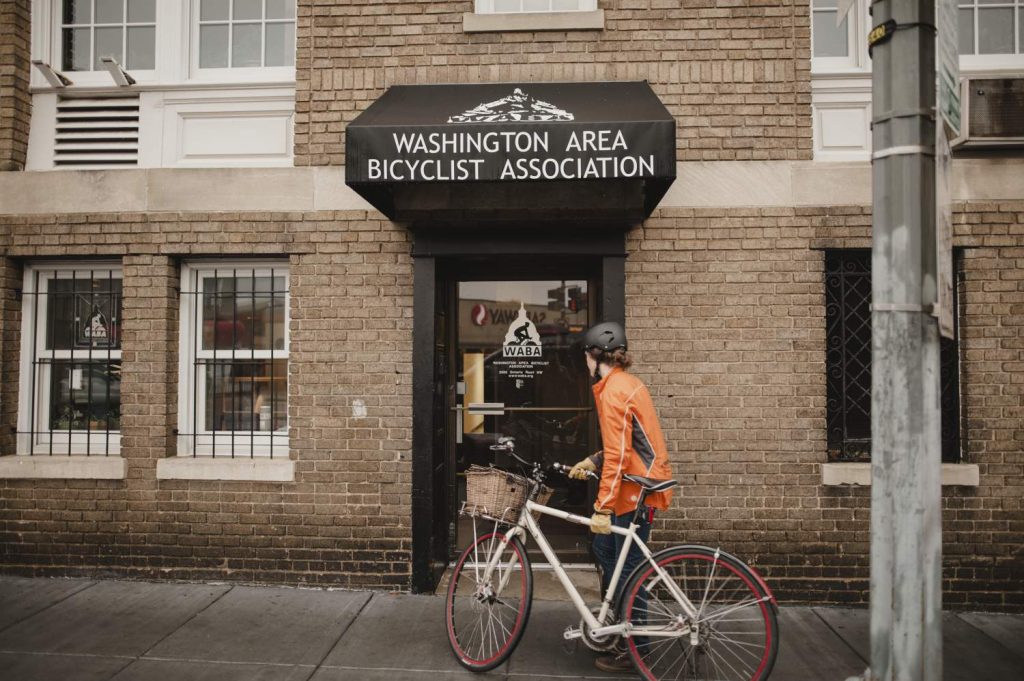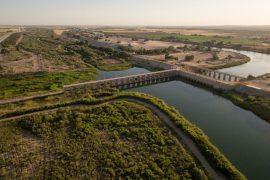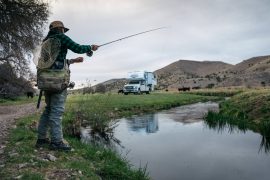What if every U.S. city linked its urban core with surrounding suburban cities and prime outdoor recreation? And, what if city trails became the standard gateway to access the outdoors for all by improving community connections, health, quality of life, economic development and safe alternative commute options?
Luckily a coalition of diverse urban leaders, planners, politicians, nonprofits and citizens is emerging to make this vision a reality.
The latest transformation is happening in Washington, D.C. REI is working with the Capital Trails Coalition and Washington Area Bicyclist Association (WABA) to rewrite the city’s traffic patterns and unlock a healthier, more connected community. D.C.’s Capital Trails Coalition is creating a 20-year plan that will create one of the largest trail networks in the U.S. and stand as a template for other American cities.

The centerpiece of the effort is a comprehensive network of hundreds of miles of multiuse pathways throughout D.C., Virginia and Maryland, offering users easy access to parklands, museums, offices, hospitals and shops. The new trail network will feature world-class amenities, such as easily accessible trailheads, ample signage and wayfinding maps, comfort stations, public art, and interpretive signs articulating historic sites and natural environments.
This regional initiative builds on 360 miles of trails that already exist, but which remain disconnected. And the work will impact every corner of the District, including underserved neighborhoods like Anacostia and Fort Lincoln that have historically struggled to get support for this type of infrastructure. Washington, D.C. is a prime candidate for this bike/pedestrian-led renaissance.

“This Rewilding Project will fundamentally rewire the way that my city gets around. D.C. is already one of the best cities in the country for biking. But the Capital Trails Coalition sets a vision for it to be one of the best cycling cities in the world.”
—Matt Liddle, D.C. manager for REI Outdoor Programs
D.C. is relatively flat, and nearly 39 percent of its residents don’t own cars. Early efforts to get more people on bikes, like the Capital Bikeshare program, have been a huge success—last year alone, D.C. residents took more 3 million trips on the city’s European-inspired red bicycles.

But there are also serious challenges, which are requiring D.C. community leaders to collaborate. High-traffic roads like New York Avenue create gaps between safe, protected bike lanes and effectively lock off entire sections of the city from bike commuters. That makes it harder for people to get to work, green spaces and school. Any effort to build new trail involves navigating multiple jurisdictions, as sections of the land are managed by the D.C. Department of Transportation, Maryland’s Prince George and Montgomery counties, jurisdictions in Virginia—including the City of Alexandria and Arlington and Fairfax counties—and six different units of the National Park Service.
D.C.’s unlocked potential, as well as the complex path to building a connected community, make it an ideal fit for REI’s Rewilding Project. The Rewilding Project supports multi-year projects that help dramatically reshape how large urban areas connect with the outdoors. In D.C., REI is supporting the Capital Trail Coalition with a $500,000 grant over four years, and is working directly with WABA to help bring this vision to life.





